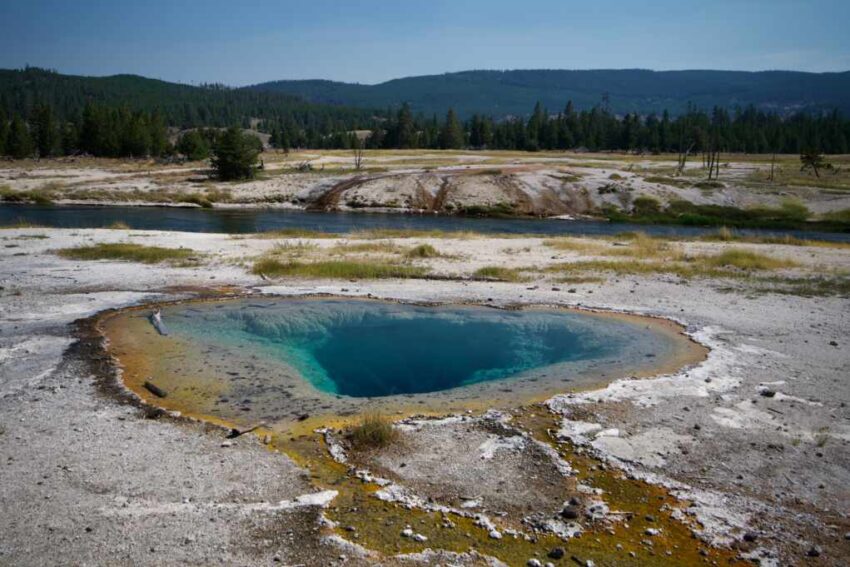A National Geographic analysis examines how a massive supervolcano eruption—like Yellowstone—could blanket parts of the U.S. in debris, disrupt global climate, and reshape the continent, while experts emphasize the scenario remains extremely unlikely.
At a Glance
- Yellowstone sits atop a massive magma chamber beneath Wyoming, Idaho, and Montana
- It has erupted super-eruption-scale volumes of debris—enough to cover Texas five feet deep
- A supereruption could spew over 1,000 cubic kilometers of ash and debris across the western U.S.
- Experts say current activity levels point to minor hydrothermal events, not full-scale eruptions
- New research confirms that a natural magma “lid” helps relieve pressure, lowering immediate risk
The Yellowstone Supervolcano Threat
Yellowstone is classified as a “supervolcano” after producing at least two catastrophic eruptions—the most recent about 631,000 years ago—that expelled more than 250 cubic miles of volcanic debris, according to National Geographic. Such eruptions can propel ash 30–50 kilometers into the atmosphere, block sunlight, and trigger global cooling for years.
Watch a report: The Giant Volcano That Could Cover the U.S. in Debris.
How Far Could Ash Travel?
Models suggest a Yellowstone supereruption could coat much of the western U.S. with ash. As USA Today reports, areas closest to the caldera would be buried under several feet of ash, while states as far as Illinois and New York could receive measurable deposits. Crops, infrastructure, and transportation could face widespread disruption.
Why an Eruption Is Extremely Unlikely
Although NASA and USGS data confirm the vast magma system beneath Yellowstone, CNN reports that a catastrophic blast is not expected anytime soon. Recent studies reveal that the magma chamber contains far more semi-solid rock than liquid magma, making an eruption far less likely.
Additionally, researchers have identified a natural “lid”—a permeable upper layer—that allows gas and pressure to escape gradually, reducing the chance of a sudden, explosive event, according to National Geographic.
Should We Be Alarmed?
A Yellowstone supereruption would indeed be catastrophic, blanketing the U.S. in ash, collapsing agriculture, and disrupting global supply chains. But scientists emphasize that the odds of such an eruption occurring this century are extremely low—estimated at 1 in 10,000 per century, according to the US Geological Survey.
For now, the USGS closely monitors seismic activity, gas emissions, and ground deformation—focusing on smaller hydrothermal explosions, which remain far more likely and manageable.
Yellowstone’s vast power may capture imaginations, but today’s science says Americans can rest easy—for now.
Click this link for the original source of this article.
Author: Editor
This content is courtesy of, and owned and copyrighted by, https://thecongressionalinsider.com and its author. This content is made available by use of the public RSS feed offered by the host site and is used for educational purposes only. If you are the author or represent the host site and would like this content removed now and in the future, please contact USSANews.com using the email address in the Contact page found in the website menu.








